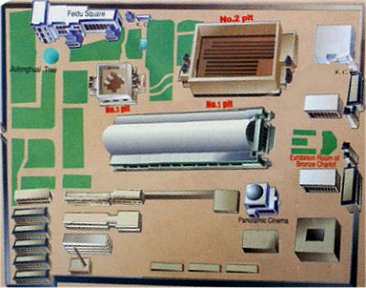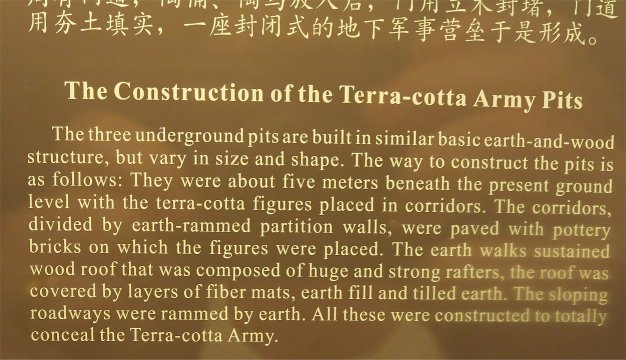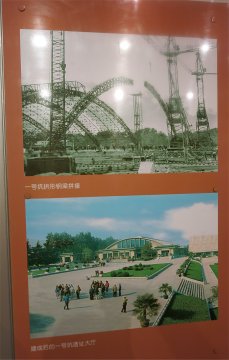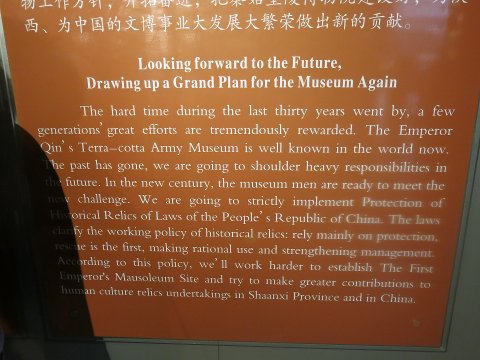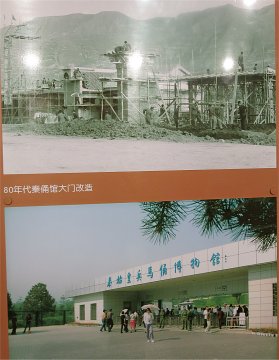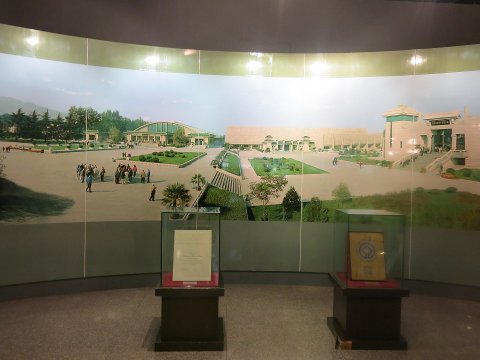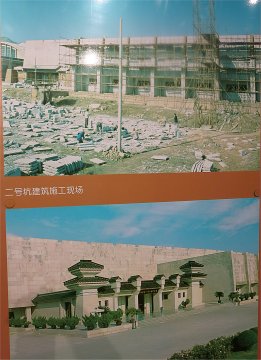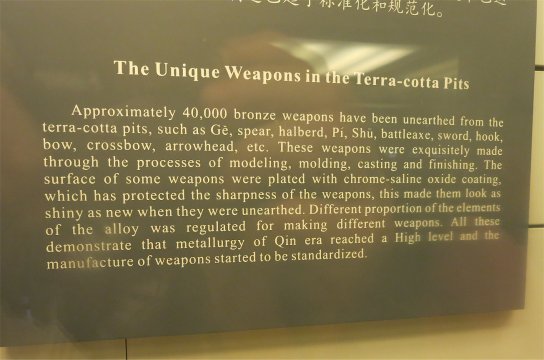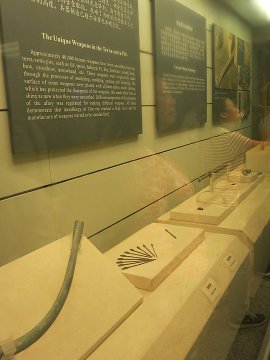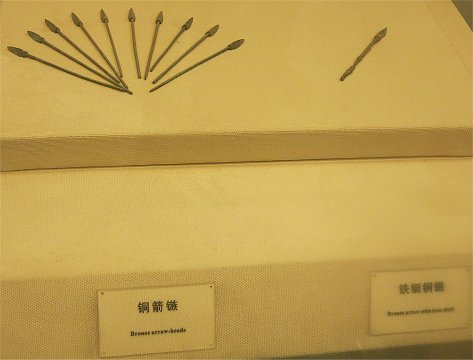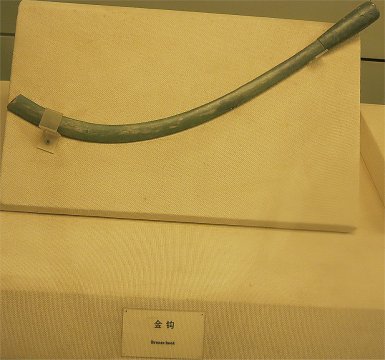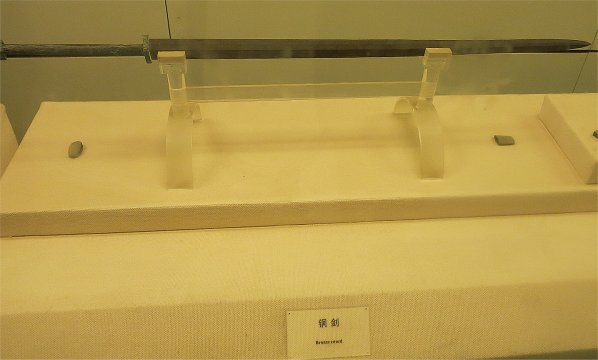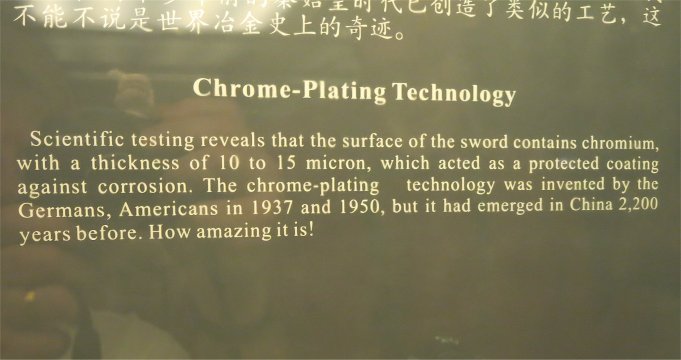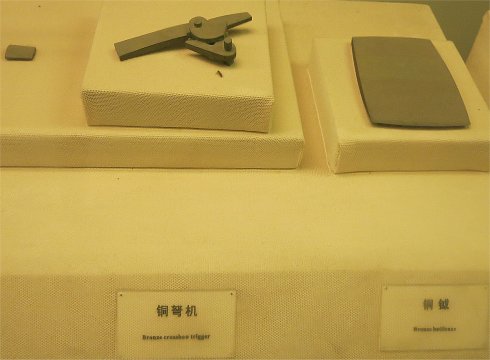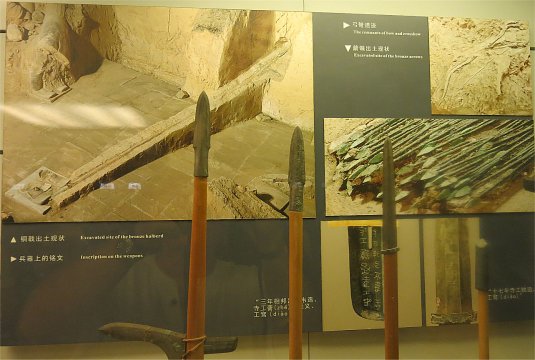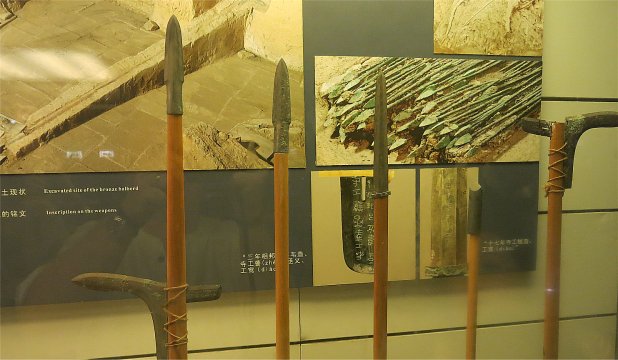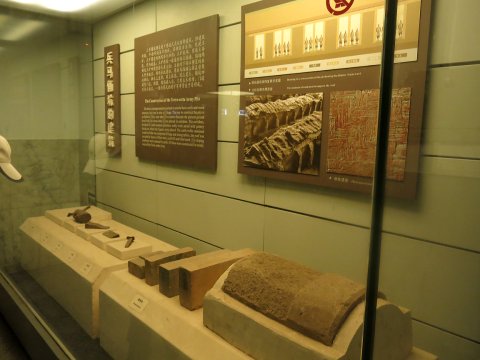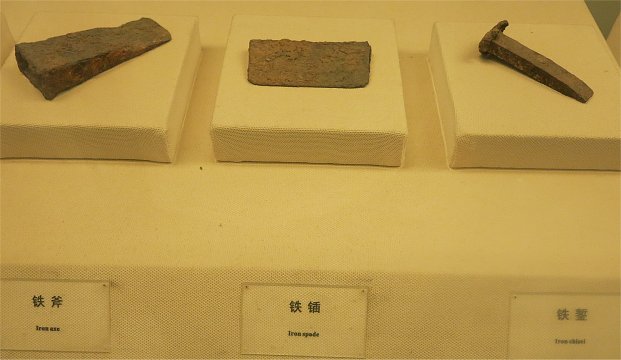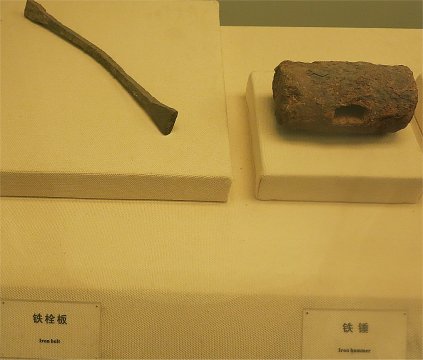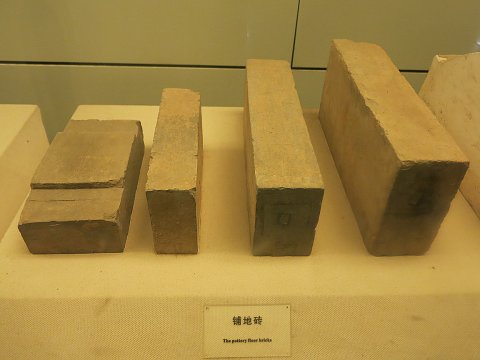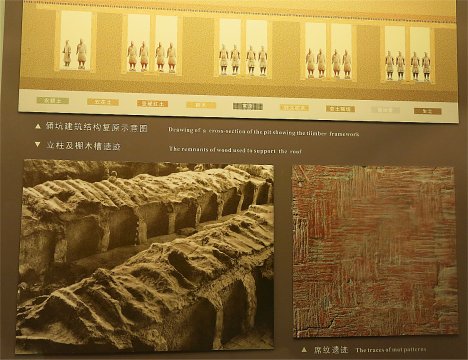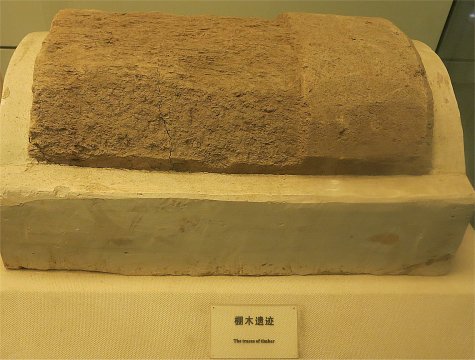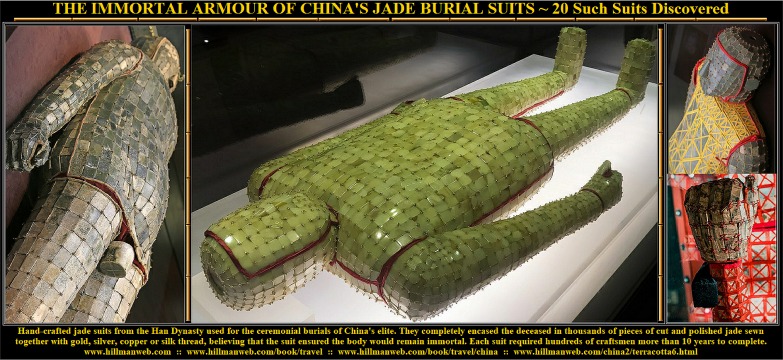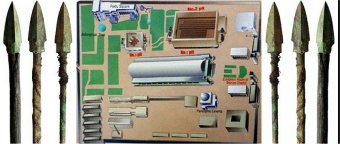The Immortal Armour of China’s Jade Burial Suits
The Jade burial suits are hand-crafted jade suits from
the Han Dynasty of China, used for the ceremonial burials of China’s elite
and members of the ruling class.
The Chinese developed a fascination with Jade as early
as 6000 BC during the Neolithic period, producing ritual and ornamental
tools or weapons as symbols of political power and religious authority.
Because of its hardness, durability, and subtle translucent
colours, jade became associated with Chinese conceptions of the soul, protective
qualities, and immortality in the ‘essence’ of stone (yu zhi, shi zhi jing
ye).
The Han thought that each person had a two-part soul:
the spirit-soul (hun) which journeyed to the afterlife paradise of immortals
(xian), and the body-soul (po) which remained in its grave or tomb on earth
and was only reunited with the spirit-soul through a ritual ceremony. The
early Han rulers came to believe that jade would preserve the physical
body and the souls attached to it in death, with various burials being
found with large and small jade bi discs placed around the deceased.
This developed into the practice of being buried in
ornate jade burial suits, completely encasing the deceased in thousands
of pieces of cut and polished jade sewn together with thread, believing
that the suit ensured the body would remain immortal. It is estimated that
it would require hundreds of craftsmen more than 10 years to polish the
jade plates required for a single suit, emphasising the power and wealth
of the deceased.
The type of thread used was dependent on status. An
emperor’s jade suit was threaded with gold, whilst lessor royals and high-ranked
nobility with silver, sons and daughters of the lessor with copper, and
lowly ranked aristocrats with silk.
It is believed that the practice ceased during the
reign of the first emperor of the state of Wei in the Three Kingdoms period
(AD 220-280), in fear of tomb robbers who would burn the suits in order
to retrieve the gold or silver thread.
A total of 20 known jade burial suits have been discovered
in China to date.
Ref: heritagedaily.com
